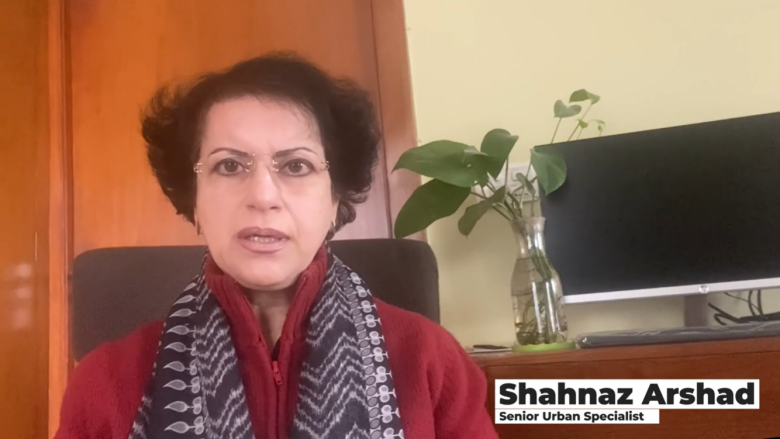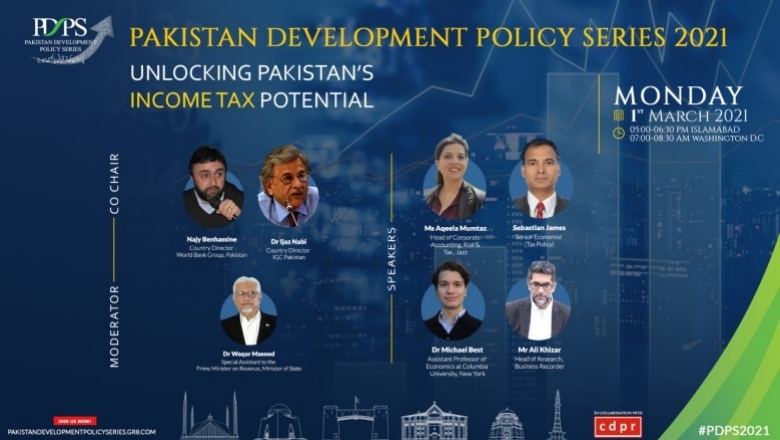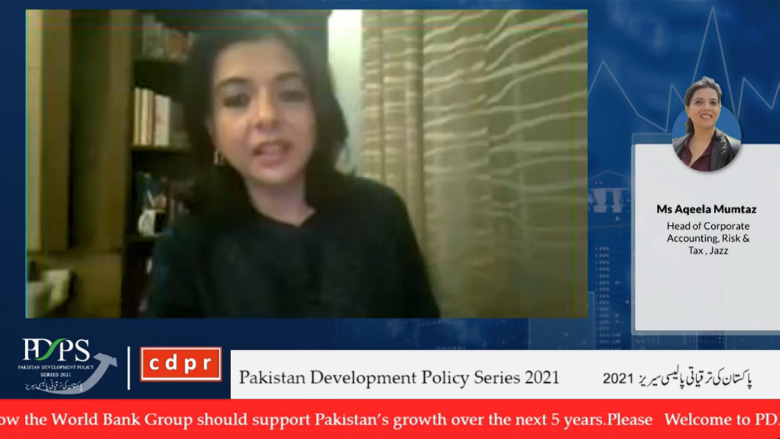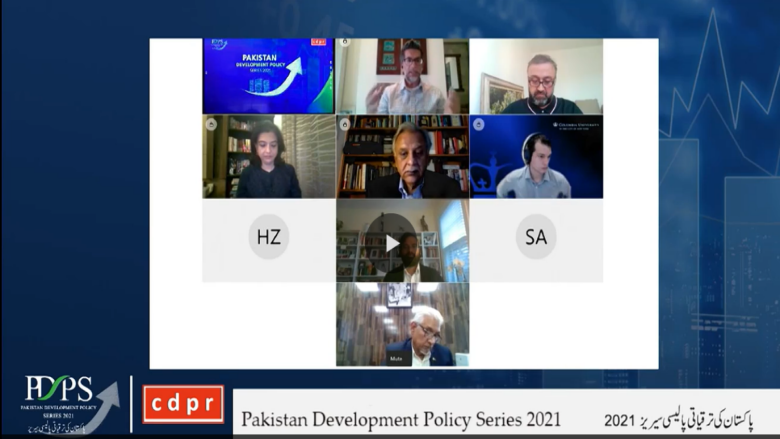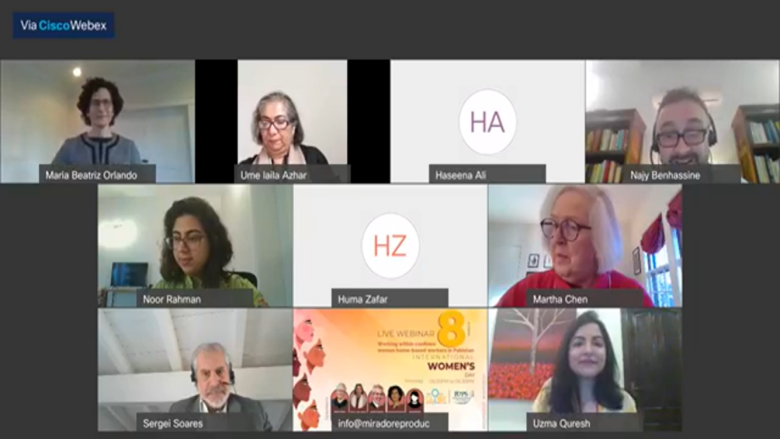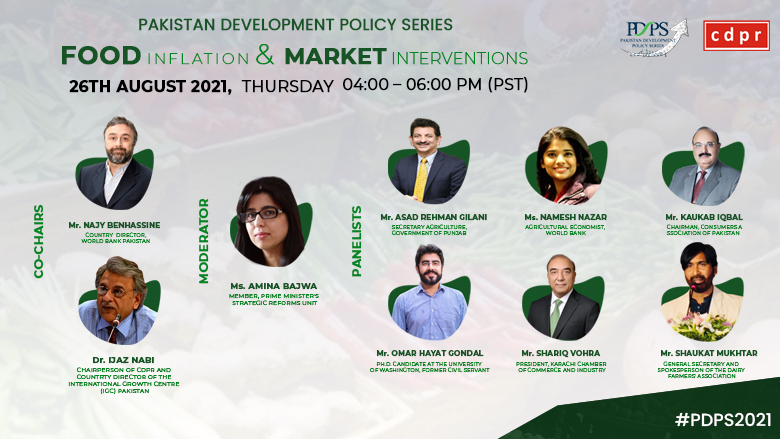Income tax collection is affected by distortionary policy and weak administration. These issues not only compromise the revenue collection, but open up space for tax evasion, and impact business environment by creating barriers to entry and growth for smaller business and have impact on potential equitable distribution of resources. The key issues affecting income tax collection are detailed below:
1. Fragmented Tax Base
The income tax base is fragmented between agriculture and non-agriculture income. All non-agriculture Income tax is collected by the federal government, through the Federal Board of Revenue (FBR). Non-agriculture income taxes are filed based on a progressive graduated scale, with separate scales for salaried individuals, non-salaried individuals, and Association of Persons (AOPs), and for companies. As per the Constitution of Pakistan, agriculture income tax (AIT) is a provincial tax, while non-agriculture income tax is collected by the Federal Government (FBR). This fragmentation of the income tax base has led to a distortion in collection of direct taxes across the country especially since federal and provincial revenue authorities have minimal data sharing mechanisms, allowing for misreporting of income. This impacts overall revenues and allowing for a regressive tax structure in the country.
Since the mid-1990s, the provinces have been collecting their own AIT through their Board of Revenues, or Revenue and Estate Departments. These departments maintain agricultural and non-agricultural land records as well as collect AIT. Since land records, especially agriculture land records, are marred by socio-political disputes, collection of AIT is often not straightforward[1], and is collected significantly below its potential. In fact, in many provinces, AIT collection is a presumptive income tax as it is collected as a land tax.

This fragmentation of income tax gaps in the policy of taxing incomes as well as enforcement results in misreporting of income and tax evasion. As the tax policy and administration are weaker for AIT, one of the core issues that have arisen out of the fragmentation of the base is of tax evasion and misreporting of income. Taxpayers tend to declare their non-agriculture income as agriculture income, avoiding being taxed at high rates levied by the FBR at the Federal Government[1]. This results in overall loss of revenue and many large agriculture land holdings paying much below the required taxes, perpetuating a tax structure that allows for an inequitable collection.
The current tax gap in AIT is estimated to be PKR 70 billion[2]. Cropped agriculture contributes 6.6 percent to the GDP while only contributing 0.2 percent in direct taxation. A study on the revenue potential of AIT in Punjab shows that AIT revenues can increased by over 65 times[3] if Income Tax Ordinance rates are applied to agriculture income. A similar study can potentially be conducted for other provinces to estimate the impact on revenues from merging the tax bases for agriculture and non-agriculture income.
2. Disproportionate taxation
Collection of income taxes from most sectors is not in line with their contributions to growth. Manufacturing sector contributes 13.5 percent to non-cropped GDP[4] while contributing to almost a third of the income tax collection, while some wholesale and retail trade that contributes almost 19 percent to the growth of the country, but only 3 percent to the direct taxation.
Tax policy inertia (i.e. not changing tax policy in response to structural changes in the economy) leads to meeting revenue targets by overtaxing certain sectors, while not extending the tax net to certain sectors. Some sectors are undertaxed because of a deliberate policy stance, such as low taxation for the mining and quarrying sector to encourage economic activity in that sector. However, lower than proportionate taxation of the wholesale and retail trade, and transport sectors are an indication of large-scale informality in these sectors and shows weak tax enforcement efforts on adequate income tax collection from these sectors.

3. Tax expenditures
Direct tax expenditures were almost a quarter of the direct tax collection in FY20. Various exemptions and credits are given to income tax filers, for example, tax credits for investments in shares, for employment generation by manufacturers, for replacing plant machinery, exemption on commuted pension, exemption on government pension, etc. These expenditures create inefficiencies, and provide loopholes that encourage tax avoidance, and further narrow the tax base[1].
The income tax expenditures are primarily derived from exemptions in taxable income which account for more than half of the total direct tax expenditures. The second largest source of direct tax expenditures are tax credits, and within tax credits, tax credit for investment in balancing, modernizing and replacement of plant machinery.
Over 66 percent of tax expenditures is from 8 tax expenditure heads. Over 17 percent of direct tax expenditures are from tax credit on investment in plant machinery. Large tax exemptions (8.6 percent of total tax expenditures) are given on government pension that exacerbates the fiscal costs of the already generous pension system for the government. An additional 7.1 percent of total direct tax expenditures is tax exemptions on profits of independent power producers. There is considerable scope to rationalize these exorbitant tax expenditures, especially on government pension, government income, and on profits of power producers, to reduce distortions in direct tax collection and improve direct revenue collection.

4. Tax Administration
Almost 70 percent (FY20) of all income taxes are collecting on withholding basis. Share of withholding taxes in total income tax collection has increased rapidly from 57 percent in FY13 to almost 70 percent in FY20. This raises questions of effectiveness of income tax being a progressive tax.
The collection of income tax derived from enforcement measures by FBR has declined over time. It has fallen from 12 percent in FY13 to just below 4 percent in FY20. In FY20, collection of demand showed the most significant decline in mode of collection falling by 40.8 percent, as compared to a decline of 11 percent in advance tax, and an increase of 13.7 percent in withholding taxes. This could indicate a weakness in the enforcement and audit processes, which are slow and allow opportunities for rent-seeking resulting in possible significant tax evasion.
In addition, data issues between the FBR and provincial revenue authorities is minimal and can further aggravate issues especially related to fragmentation of taxes. For example, with Agriculture Income Tax there is no mechanism for FBR to check whether the income tax has been paid to the provincial authorities and whether the assessment was correct. It is also not possible for provinces to be aware if income is being declared as agriculture income to the FBR which they can then capture as part of AIT.
[1] Tax expenditures for income tax are calculated mostly based on data from third parties, since the filing dates for the fiscal year are often after the completion of the fiscal year. The data is not revised based on actual filing.
[1] Khan, M, Khan M. S. 1998. Taxing Agriculture in Pakistan, International Monetary Fund. https://www.imf.org/external/pubs/ft/ppaa/ppaa9803.pdf
[2] FBR Tax Expenditure Report FY20
[3] Mukhtar and Nasim. Agriculture Taxation in Punjab – The Missing Billions, IDEAS Working Paper July 2013. Estimates use the ITO 2001 for FY2010.
[4] Income from cropped agriculture is taxed
[1] Agriculture income tax is collected as a presumptive tax on agriculture land.


